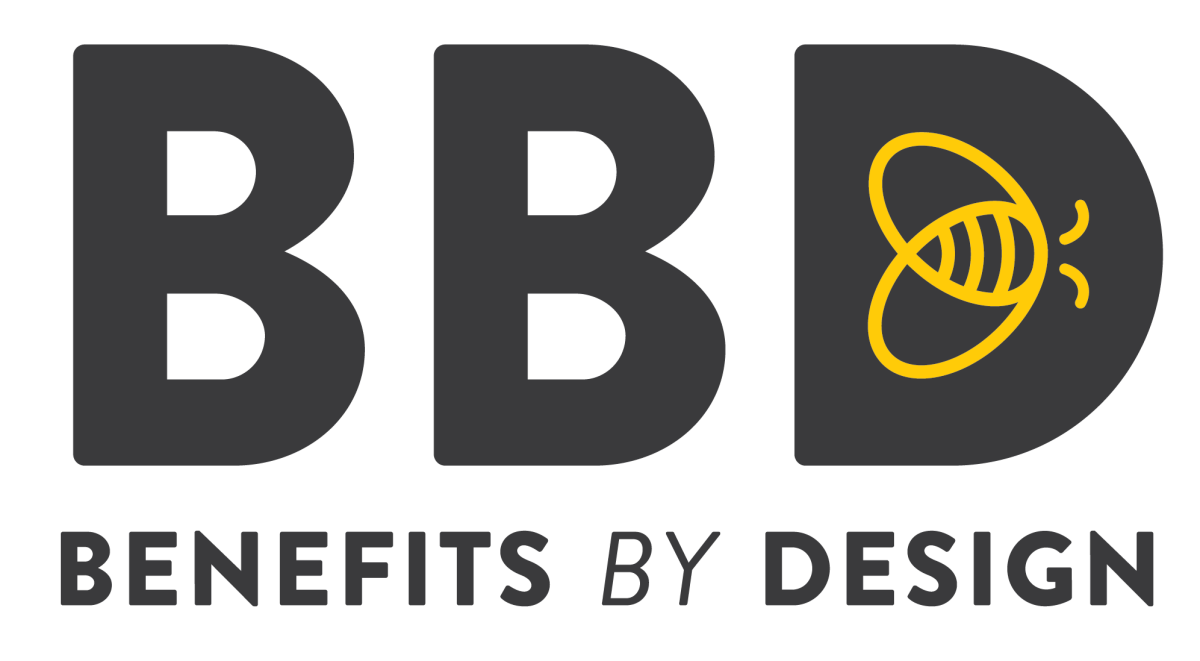Lessons from retirees – refreshing retirement in Canada [Free infographic download]
By: Willow Munro | Tuesday December 3, 2024
Updated : Monday December 2, 2024![Text: Lessons from retirees – refreshing retirement in Canada [Free infographic download]. Image: Retired couple with linked arms walking their dog (corgi).](https://www.bbd.ca/wp-content/uploads/2024/12/Retirement-Lessons-Banner.webp)
We’re excited to share some hopeful findings from Canadian retirees. The People Corporation Next Paper has some great advice on how to get the most out of your retirement funding options. Plus, how to prepare physically, mentally, and financially for the transition to a happy, fulfilling retirement.
Download the infographic: Canadians are rebooting retirement! (PDF: 4.04MB)
How do retirees feel about their retirement?
An outstanding 70% of Canadian retirees report being extremely or very happy! This is due in part to their good physical health. In fact, nearly 80% of retirees participate in physical activities at least once a week, with 42% doing so daily.
At the same time, many have not fully retired. Almost half (44%) of recent retirees are still working part-time. Why? About two thirds say their work is fulfilling and provides emotional and mental benefits. On the other hand, another third cite financial needs – meaning there are two distinct and very different reasons why retirees continue working.
How prepared are they for retirement?
The overall number of Canadians carrying into retirement has increased. The Next Paper found that just 44% of retirees are debt free.
“Over the last couple of decades, the number of seniors carrying mortgage debt nearly doubled.” Today, approximately 24% of retirees are still paying their mortgage on their primary residence, and 38% are making car payments.
Advice for retirement planning
Canadian retirees were asked what advice they would give to the younger generations to best prepare for a happy, healthy, and debt-free retirement.
1. Maximize employer plans – 54%
The number one answer (54%) was to take full advantage of your employer sponsored retirement plans. Pension plans (both defined contribution and defined benefit) are on their way out, as group retirement plans become more common. This is due to the transportability of the latter, since the actuality of holding a career at a single company for life is slim.
For example, a group registered retirement savings plan (RRSP) allows employees to contribute to a RRSP at lower fees than individual accounts. Plus, employers match employee contributions up to a certain percentage – but employees are able to contribute as much as they wish. If they leave the company, the funds go with them. Depending on the account, funds can often remain in the same RRSP.
The added bonus is that the matched amount from the employer is basically like getting a tax-free raise. Remember that RRSP contribution and withdrawal limits apply to group RRSPs as well.
2. Save and invest – 47%
Whenever you have extra money, instead of going out for dinner, or buying a new outfit, why not squirrel it away for retirement? Another aspect is to make wise investments with the money you are saving. That could look different depending on individual circumstances, which is why retirees third piece of advice is so crucial.
3. Seek expert advice – 38%
Most Canadians are not financially savvy, but there are ways we can avoid costly mistakes. Speak to a financial advisor about your financial situation. Not sure who to talk to? Ask your peers, friends and family if they have any recommendations. This is a personal relationship, and you’ll be sharing details that most find difficult to talk about, so it’s important to find someone who understands you.
4. Educate yourself – 29%
The Canada Pension Plan (CPP) and Old Age Security (OAS) can be impactful parts of their income for retirees. But they aren’t as simple as turning 65 and receiving a cheque. For example, the benefit amount you receive from CPP depends on the age you retire. But there are many other criteria that factor in as well. Luckily, the government of Canada has a plethora of self-education options available so you can be prepared for your retirement.
Stages of retirement
As the life expectancy of Canadians increases, the Next Paper discovered there are now four distinct groups of retirees. In fact, we’re living a full 10 years longer than we did 50 years ago. So, how does this shape the retirement landscape?
Transition
These are recent retirees, some of whom are still working part-time. They often retire earlier than expected and are the most physically healthy group, which comes as little surprise, given these are the youngest retirees. More than seven in 10 also describe themselves as extremely or very happy.
Active
Active retirees are the most likely to have retired when planned or expected. They also have the most savings because they were making more while working. In fact, almost a third of this group made at least $150,000 per year prior to retiring. Nine in 10 say they are either extremely or very happy, more than four in five are extremely or very happy with their mental health, and more than three in five say the same about their physical health.
Routine
By this stage, retirees are spending less, and they are settling into a slower routine. Only two in five are extremely or very satisfied with their physical health. While physical health may be declining for this group, they are still just as happy as their counterparts in the Transition stage.
Later
This group is made up of older Canadian retirees. They are travelling less than expected, and only one in 20 are extremely or very satisfied with their physical health. These factors could play a role in why they are least likely to be happy, and most likely to feel lonely. Compared to Active retirees, they are only about half as happy.
To summarize the above findings, we created a handy infographic which shows the new landscape of retirement in Canada. One which proves that staying physically and mentally healthy contributes to a happy and satisfying retirement.


